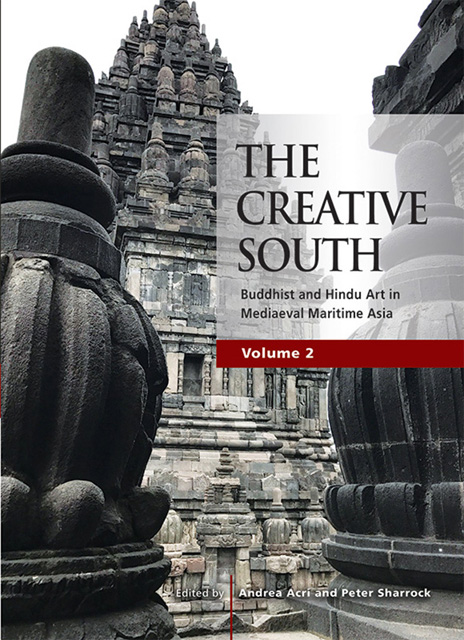Chapter 9 - Hydro-architectonic Conceptualizations in Central Javanese, Khmer, and South Indian Religious Architecture: The Prambanan Temple as a Sahasraliṅga Mechanism for the Consecration of Water
Published online by Cambridge University Press: 30 June 2023
Summary
INTRODUCTION
The perceptive Dutch anthropologist and Java scholar Roy Jordaan spent a great deal of time documenting the Śaiva temple complex at Prambanan, collating prior scholarship on the temple and contemplating its many extant mysteries. Among the fruits of his efforts was a conceptualization that consistently explained a number of curious features of the temple's core complex: the thesis that the entire inner courtyard was intermittently flooded, creating a giant tīrtha at the sacred site so as to in effect re-create the fabled Ocean of Milk, a sight which must have been so dramatic and majestic as to signal far and wide the elemental importance of Central Java across the Hindu-Buddhist world at the time. Jordaan's thesis has not received the measure of scholarly appreciation it deserves. The present chapter seeks to amend that situation by solidifying Jordaan's thesis and amplifying it into previously unexplored directions.
So far as I am aware, there has yet to be a study suggesting how the Śaiva temple complex at Prambanan actually functioned and what rituals were carried on in it. This chapter will argue that although the paramount ritual focus of the Prambanan temple was the consecration of water by its lustral flow over the towering erect statue of Śiva mounted on a yoni (as well as similar yoni- mounted statues of Brahmā and Viṣṇu in their respective temples), there was a collateral production of large quantities of sanctified water flowing over a thousand hitherto-unrecognized liṅgas that studded the balustrades and superstructures of the eight largest temples in Prambanan's central courtyard. In this sense, the Prambanan temple serves principally as a mechanism for the passive production of consecrated water. The scale of this vast and elegant holy water production monument was unrivalled in premodern Asia, and comparable only with ‘purification sculptures’, Śivaliṅgas carved into the rocky beds of natural rivers such as at Kbal Spean in Cambodia. I hope that the reader will come to share Jordaan's and my conviction that the Śaiva temple at Prambanan counts among the astounding conceptual formulations undertaken by the Javanese in their extraordinary kingdom.
After a rehearsal of the elements of Jordaan's analysis, the present chapter will show that a number of the contemporaneous Indic or Indicized kingdoms incorporated standing or moving water as an element in their own sacred architecture, either as embellishment or else as a sacralized product.
- Type
- Chapter
- Information
- The Creative SouthBuddhist and Hindu Art in Mediaeval Maritime Asia, pp. 167 - 208Publisher: ISEAS–Yusof Ishak InstitutePrint publication year: 2022



